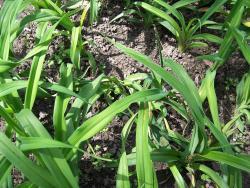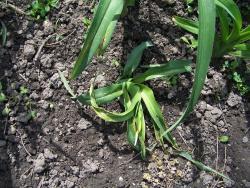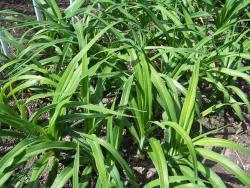Altheabyanothername said:@ Sooby if bulb mites were the culprit I would think Spring Sickness would be really prevalent in the South. We really grow lots of bulbs in the ground here, never lifting. Lots of our pass along plants are bulbs. All the mites favorites. Maybe they never leave our bulbs and look for daylilies.
May everyone experience peace and joy in their lives!
Bulb mites don't like heat or dryness, they like cool and moist environments, but I have a suspicion that spring sickness is somehow related to dormancy, which you would see less of in the warmer areas. In theory it could be that the culprit has more time, and less plant, to work on when there are dormant buds. Some of us have noticed that registered dormant daylilies seem to get spring sickness more than evergreens but it's hard to know if that's coincidence or reality.
One difficulty with determining the cause is that it varies from year to year and plant to plant. So you can try a treatment to see if it reduces or eliminates it but if it turns out to be a low spring sickness year for the garden in general, or a clump in particular, you do not know whether the treatment really worked (which is why an untreated control group is always needed with which to compare results) or whether spring sickness would have been less anyway. It has happened that people were convinced their treatment, with no controls, worked only to find out another year that it really had not. They just happened to try their treatment in a year/years that would not have had much ss anyway.
Spring sickness starts while the shoots are still below ground, before they emerge in spring. It may even be initiated the year before. If we could figure out exactly when the damage starts it would help. One AHS member did some tests with insecticides and fungicides and found applications in the preceding year seemed to reduce spring sickness the following spring.


